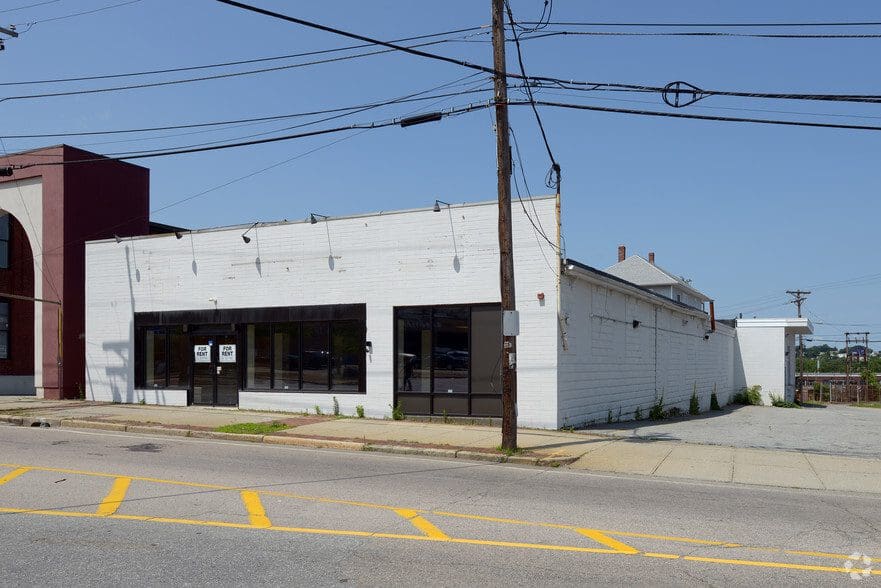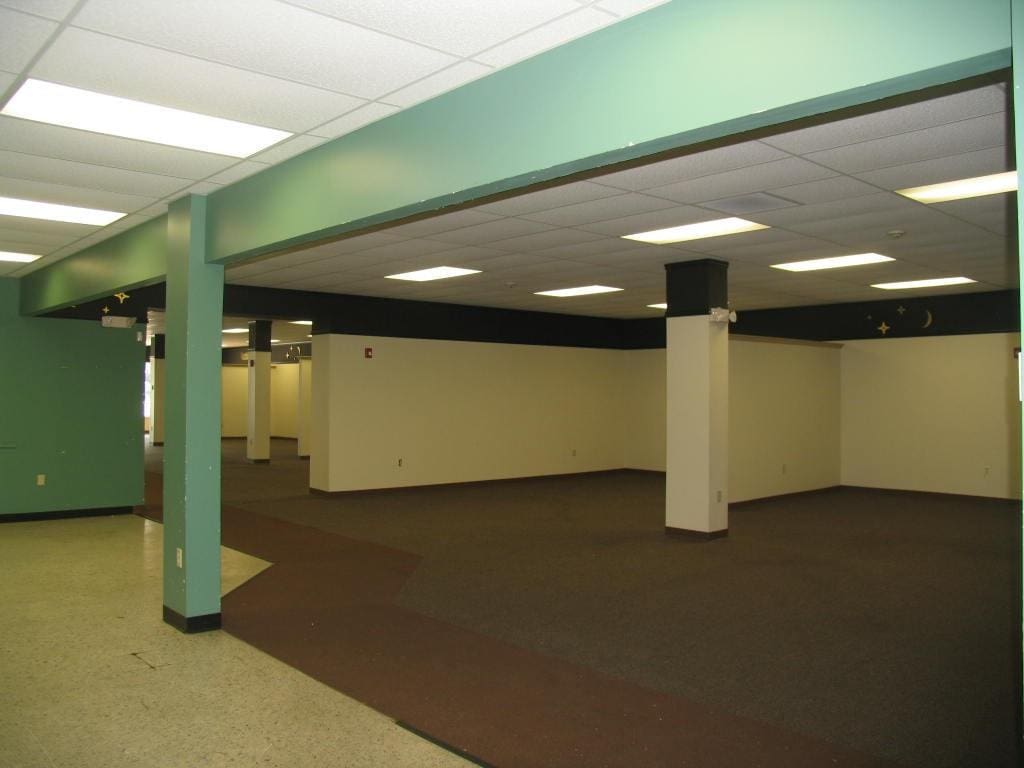Search Posts
Recent Posts
- Outdoors in RI: Help keep recreation areas clean. Invasive Milfoil, trash. 2A update – Jeff Gross July 26, 2024
- Real Estate in RI: Highest-ever sale in Queen’s Grant, EG $1.25M, by Residential Properties July 26, 2024
- Homeless in RI: Gov. Newsom issues Executive Order. Remove California’s encampments. July 26, 2024
- Let the games begin. XXXIII Summer Olympics – John Cardullo July 26, 2024
- GriefSPEAK: What would you do? – Mari Dias Nardolillo July 26, 2024
Categories
Subscribe!
Thanks for subscribing! Please check your email for further instructions.

“This year is a game changer” – Hotels, a hospital, and a warehouse in mix to shelter homeless
The exact number of homeless individuals is estimated to be somewhere between 350 and 500 – to as many as “over 1,000”, depending on who and what agency you ask. The Governor has said “274 new housing units” are being made available. Josh Saal, Rhode Island’s “housing czar” has said, through his spokesperson, Chris Raia, of Duffy & Shanley, that this refers to a new program funding announced on September 30th – “The Governor was referring to the additional shelter beds that were funded a few weeks ago. The state is not currently directly funding any shelter space at hotel rooms in Cranston.” This list of new programs was given:
- Amos House Family Shelter (Pawtucket): $1,338,655
- Blackstone Valley Advocacy Center (Central Falls): $966,870
- Catholic Social Services of Rhode Island (Providence): $20,000
- Sojourner House (Providence): $180,899
- Thrive Behavior Health (West Warwick): $827,103
- Westerly Area Rest Meals (WARM) Center (Westerly): $220,103
Yesterday we learned that at least one program was up and running, with November 1st being their actual implementation date. Their special program plans to end April 30th.
Westerly Area Rest Meals (WARM) Center, is in Westerly, and serves Washington County. They also took over the WELCOME House recently. Their new funding of $220,103 allowed them to add between 20 and 26 new “beds”. Russ Partridge, Executive Director of The Warm Center (httpp://warmcenter.org/) said, “This year is – and will be – a game changer. I’ve never seen it like this, in all my years.”
Partridge continued, “we have 65 to 70 year olds who are homeless for the first time – people who did all the right things in their lives, with nowhere to go.
We are also seeing full families as well as individuals. We are contacted by 5 or 6 families with young children a day – coming in or calling with housing needs. Families are living in cars – and in parking lots.
We know that last night 30-40 people in this geographic area were living on the streets.”
When asked what type of “new housing units” were being funded, Partridge responded that they were all hotel rooms – spread out, not all in one. “That’s one of the benefits of being in a smaller community, with smaller numbers.”
_
We reached out to Amos House Family Shelter about their Pawtucket program funded for $1,338,655. Eileen Hayes, head of Amos House said that their funds would be “used to expand the family shelter capacity at the old Memorial Hospital building in Pawtucket. Currently we house 30 families who are unhoused with a total of 100 individuals. (the total number fluctuates depending on household size).
Hayes continued, “We are currently working on additional space that would accommodate another 30 families. We expect to begin to fill these beds by end of November/early December. We are waiting on the owners to seal the building, test HVAC, and get the rooms ready for occupancy.”
_
The Blackstone Valley Advocacy Center was funded for $966,870 to serve Central Falls – they did not respond to our request for information.
_
Catholic Social Services of Rhode Island was funded for $20,000 serving Providence. They did not respond to our request for information.
_
Sojourner House was funded for $180,899 for Providence. They did not respond to our request,
_
Thrive Behavior Health for $827,103 in West Warwick did not respond to our request.
_
The Pawtucket Housing Authority had been an original potential partner for the Pallet Shelter idea. It got so far along in the process, which would have had the shelters built and located inside a warehouse which would be more convenient for heat, water and bathroom hookups. However, the fire department would not approve the plan. This left Pawtucket with the ownership of the 7,500 square foot 1139 Main Street in Pawtucket.


When asked for the status of that building and if it could not be used for a shelter facility, if not the Pallet Shelters, Paula McFarland, the Executive Director of the Pawtucket Housing Authority, responded:
“Thanks for reaching to the PHA regarding the property located at 1139 Main Street, Pawtucket, RI. Homelessness, unfortunately, remains an issue throughout the State, including the City of Pawtucket. The Pawtucket Housing Authority has worked closely with the City and held ongoing conversations to assist the State with the homeless issue.
Together, we have provided the State with several options, including using 1139 Main Street as a shelter that would open up more beds that are very much needed. At this time, we are looking forward to hearing the Secretary of Housing Josh Saal’s final decision soon.
The Pawtucket Housing Authority is a sub-recipient of funds awarded to them from the City’s HUD entitlement funds and is not a Grantor. The City has a long history of working and funding their Community-Based Organizations to address the needs of their residents, which is directly what the Pawtucket Housing Authority has been doing to address the housing needs of the Pawtucket Community.”
We asked about Amos House program in the Blackstone, and McFarland clarified that, “In the case of Amos House, funding was awarded to them from the State’s Consolidated Homelessness Fund program, which provides funding to organizations separate from City funds. The Pawtucket Housing Authority is not connected with the funding provided to agencies, including Amos House Family Shelter.”
_
Call first
We also learned that individuals can no longer show up at a shelter or homeless agency but must go through a phone call made to 401-421-STOP. This is the number to call in a housing emergency. The number is answered at 9am – and often, 20 minutes later, the beds are filled for the night.
More addresses are provided on officials forms at courts and for other official application as “Walmart parking lot, or Cracker Barrel parking lot, Coventry”.
Some prisoners about to be released have expressed maybe it would be better to stay in prison because they have nowhere to go and it’s so cold sleeping outside. In the court system, prisoners being released from federal prisons always go first to a half-way house where they can get affairs in order for a successful transition to society, while local prisons have a discharge process where staff try to help them with ID, getting access to money, food cards, etc., but they are on their own in the community after that for those ancillary support systems.
_
VETERANS HOME & Homeless Veterans
We contacted the RI Veterans Home about beds they have reserved for the homeless – there seem to be beds available and we questioned if the state could sub-contract for their use. This was the response from their spokesperson, Meghan Connelly, Strategic Planning, Policy, and Communications Administrator, Rhode Island Office of Veterans Services:
There are VA restrictions per 39 CRF 51.51 and using the domiciliary for what it was not intended could be cause for the VA to retract any/all of the VA grant used to construct the Rhode Island Veterans Home. Our team works closely with the Providence VA Healthcare for Homeless Veterans program to identify any Veterans eligible for admission to the domiciliary. Any Veteran who meets eligibility for admission to the domiciliary are encouraged to apply.
_
We circled back to Raia from Duffy and Shanley, speaking on behalf of Housing Secretary, Josh Saal – here is their statement:
“These [the “standing up 274 more beds” in the Governor’s statment] are shelter beds, not housing units. The organizations listed in the press release received funding to expand their existing shelter capacity. The funding will support the costs associated with adding beds to their facilities.
Examples of eligible activities may include, but are not limited to the following provided that each such activity is directly related to the expansion of shelter capacity beyond its pre-pandemic capacity:
- Purchase of equipment, such as furniture or mobile air filters
- Acquisition and renovations of new building(s) to serve as emergency shelter. For the purposes of this LOI, acquisition is defined as purchasing property such as a new building for expanding shelter capacity. Renovations are defined as cleaning, repairing, or rebuilding a new building to revive the property for shelter use. Renovations to a shelter could include ventilation or fire code improvements allowing an unutilized space in a building to be used as shelter.
- Renovations to existing shelter buildings to permit expansion of shelter beyond its pre-pandemic capacity. For example, fire code improvements allowing an unutilized space in a building to be used as shelter.
- Expanded services (such as security)
- Rent, utilities, maintenance, and security for new emergency shelters
- Supplies and food for meals
- Administration fee of no more than 5%
- Transportation to and from the expanded/new shelter site
- Staffing – hiring additional staff to expand shelter and serve more clients
- HMIS or comparable database license
- Case management to support new clients at expanded shelter
- Except for temporary seasonal shelters, we will not permit the use of hotel rooms for permanent shelter expansion.
- Client supports (transportation, birth certificate fees, drug testing, etc.)
The Governor also said that he – or the Governor’s office – meets every day addressing the homeless crisis.
Rhode Island is not the only state struggling with a looming winter housing emergency. A few days ago, in Boston, the Wu administration toured the Nashua Street Jail as a potential location that could accommodate about 100 people from the “Mass. and Cass” area.
This is a developing story
